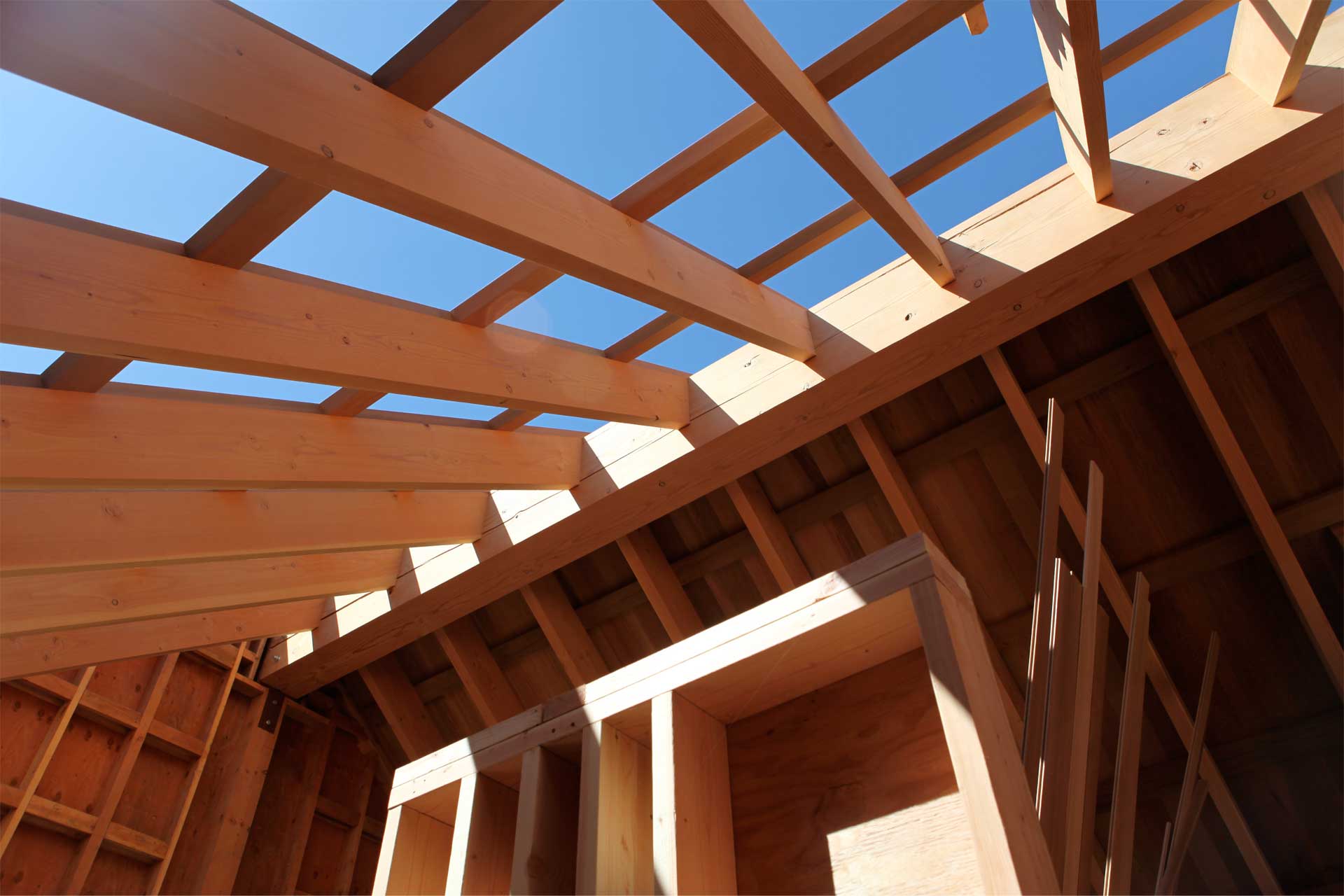NATIVE MEADOW

On the Holland Yates property, this representative meadow now provides a transition area between the native turf and landscaped areas while also providing valuable nectar and forage to native wildlife, deep carbon storage in the soil and greater stability to the slopes; all with very little needed maintenance or energy input. The meadows are composed of genetically-local native perennial bunchgrasses and a selection of wildflower forb species. Lacking the option of elk grazing, the meadows can still be easily maintained with seasonal mowing, occasional hand weeding and optional seasonal watering if desired. Lacking the even shape and hue of traditional turf, the meadows evolve through time…from the green of winter to the radiant colors of spring to a resting autumn brown. The stature and texture of change as each species adjusts and responds to the changing seasons.
Installation approach
The meadows were installed with a combination of plugs and broadcast seeding. The plant palette included 8 species of grasses and rushes and 16 species of annual and perennial forbs. Existing soils were analyzed and turned out to be a mixture of local site sub- and topsoils with some component of non-local fill from many years ago. The year before planned installation, the site was artificially irrigated through the spring and summer to grow out and kill the weed seeds. After near sterilization, the site was slightly amended with a topcoat of compost and planted out the following year during the rainy season. Rice straw was used as a temporary, low-nitrogen top mulch to buffer drying soils between winter rains and help prevent erosion. Seeding and container planting rates were extremely dense to leave little room for weedy competitors. Though there is an initial investment in site preparation and the production of plant material, the future maintenance of these meadows will only be a fraction of that of traditional turf and groundcovers, all while providing substantial habitat value. The meadow is a demonstration project to see if a native meadow can thrive situated among many other properties where non native grasses flourish and which are “shared” by the native wildlife who freely roam among the different properties.
- The Project

